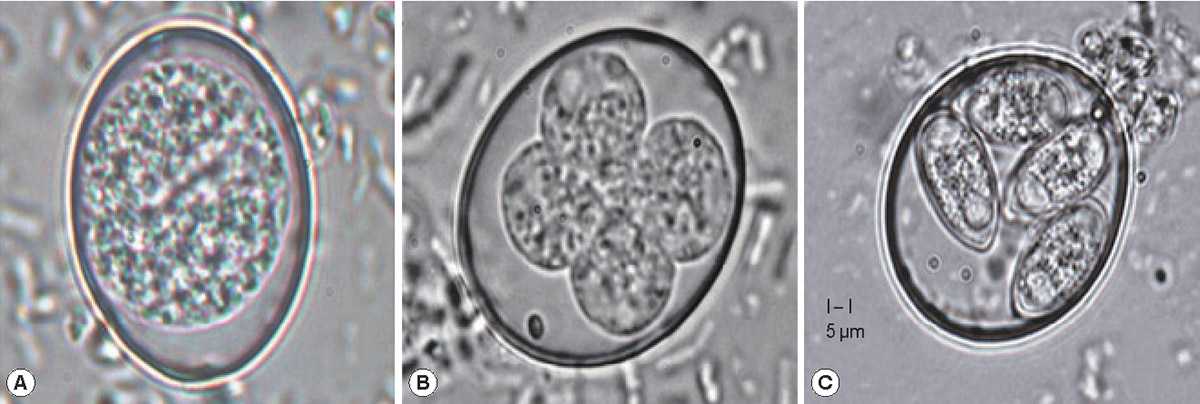Section 3 | An Overview of Coccidiosis
Industry
Page 17 /
Coccidiosis: What is it and where does it come from?
Coccidiosis in poultry is caused by Eimeria, a parasitic protozoa. Eimeria species are transmitted between birds by the fecal-oral route, where an infected bird sheds it in their manure, and a susceptible animal will consume their feces; often inadvertently through preening or contaminated feed/bedding.
These parasites are found in the environment that was contaminated with fecal matter containing Eimeria from a previous group of birds.
There are 7 different species of Eimeria, which each have distinct characteristics in terms of prevalence, and clinical signs1. A particular species of Eimeria will invade different parts of the gut ranging from the small to the large intestine.
We sat down with Raised Without Antibiotics producer Nathan Martens to discuss his perspectives on how gut health can impact the flock, and how he has managed it to ensure a successful operation:
Ask the expert:
Litter cleanliness and quality is key! Eimeria spores contaminate litter through manure. When birds are in contact with contaminated bedding, their chances of ingesting it accidentally increase significantly. When birds ingest litter or bedding, they also ingest these protozoa. Keeping litter humidity low (around 50-55% depending on whether you use straw and shavings) as well as keeping moisture out through good water system maintenance (minimal dripping from nipples or drinkers) will help birds perform at their best. This will help birds maintain their body temperature which can help reduce the impact of disruptions to gut health caused by stressors.
References:
- Burrell, A., F.M. Tomley, S. Vaughan, and V. Marugan-Hernandez. 2020. Life cycle stages, specific organelles and invasion mechanisms of Eimeria species. Parasitology. 147:263-278.
